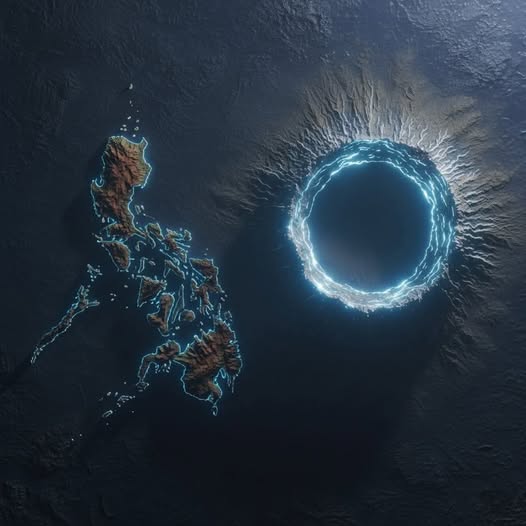Apolaki Caldera: The Hidden Supervolcano Beneath Philippine Seas

Few realize that east of Luzon, deep within the Philippine Rise (formerly Benham Rise), rests a sleeping titan. The Apolaki Caldera, the largest known caldera on Earth.
Spanning an astonishing 150 kilometers in diameter, Apolaki is truly colossal, dwarfing even famous supervolcanoes like Yellowstone and Toba. Scientists believe it was formed by cataclysmic volcanic eruptions millions of years ago, explosions so immense that they reshaped the seafloor and carved out the vast underwater basin we know today.
Its name, Apolaki, derived from the ancient Filipino god of the sun and war, is fitting for such a formidable natural wonder. Though now dormant, the caldera stands as a silent witness to the fiery geological past of the Philippines, a country perched atop the volatile Pacific Ring of Fire.
The discovery of Apolaki not only rewrote our understanding of Philippine geology but also highlighted the nation’s hidden place among the Earth’s greatest natural marvels. The Apolaki Caldera was officially identified by marine geophysicist Jenny Anne Barretto and her team in 2019, using high-resolution bathymetric mapping of the Philippine Rise.











